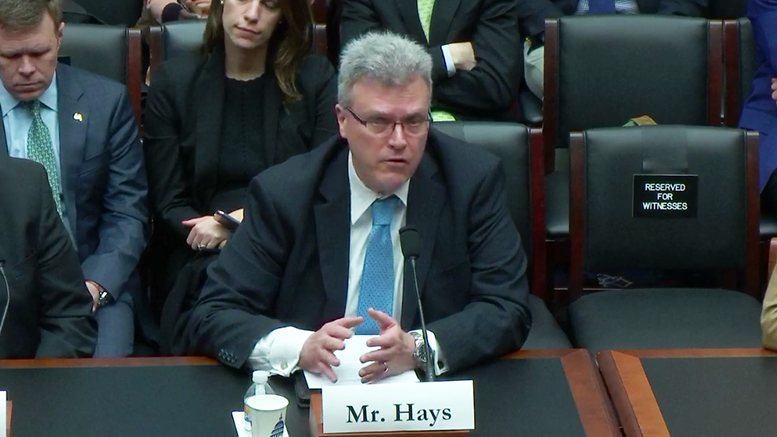House lawmakers on Wednesday debated whether another federally funded apprenticeship model — like the one supported by the Trump administration that would allow industry to develop their own programs — is needed, or if the current federal registered apprenticeship program just needs to be updated.
During a hearing on apprenticeships held by the House Higher Education and Workforce Investment Subcommittee, Rep. Susan Davis (D-California) emphasized that the “key ingredient” that has made registered apprenticeships successful is the consistent quality found across the programs.
“Quality standards in registered apprenticeship programs not only ensure that apprentices are building valuable skills while earning a salary and benefits, they also ensure apprentices receive a credential that is valued in the labor market and recognized by employers across the country,” the subcommittee chair said in her opening statement.
More companies are turning to apprenticeships to help fill available middle-skilled jobs with qualified employees, according to speakers before the panel. But they differed on whether industry-recognized apprenticeship programs (IRAPs) — which are a new, customizable model of apprenticeship that will be validated by proven industry accreditation — would ensure quality training that would instill portable skills.
Various models
Mark Hays, vice chancellor for workforce and economic development at the Dallas County Community College District (DCCCD) in Texas, said he supports both IRAPs and registered apprenticeship programs — as well as any certificate or degree program that prepares students for available local jobs. He noted that his college system aims to engage with 50,000 apprentices by 2030. So far they are involved with 25 apprenticeship programs (most of which are registered) that serve more than 1,600 apprentices.
A criticism of the registered apprenticeship model is that it is not flexible and the process to become registered by the U.S. Department of Labor (DOL) is too cumbersome, which keeps many small and mid-size companies from participating. IRAPs are seen as potentially being more flexible to allow industries to make training adjustments as needed in a timely manner. IRAPs could draw industries not traditionally associated with apprenticeships — such as health care, financial and IT — to try them.
Some Democratic lawmakers and a few witnesses questioned whether IRAPs would retain the same rigor as registered apprenticeships. Davis said the subcommittee needs to examine whether “it is necessary to divert resources to maintain two apprenticeship programs as opposed to improving and modernizing one national apprenticeship system.”
Several of the witnesses said having two programs could confuse companies and employers. Bridget Gainer, a vice president at Aon, and Jennifer Carlson of Apprenti — a nonprofit subsidiary of the Washington Technology Industry Association — said they plan to stick with registered apprenticeships because the program ensures rigor and the skills learned are portable.
DCCCD’s Hays said DOL should provide guidance to maintain rigor in IRAPs, but participating companies have a vested interest to ensure rigor on their own because they want employees who can do the work.
Counting on counselors
Panelists also discussed how to raise awareness of apprenticeships and career and technical education, in general. Panelists mentioned pre-apprenticeship programs that could start in high school, but they also noted that high school counselors often don’t mention the trades as potential careers, so they rarely discuss apprenticeships or even training offered at community colleges.
Both lawmakers and the speakers agreed that highlighting the benefits of such programs — less college debt, more job security and higher income — is important to make families aware of this option.
“The reason people choose college is because they know it’s going to relate to a higher wage. We need to make apprenticeships just as reliable when young people are making a very important choice in their lives,” said Aon’s Gainer.

